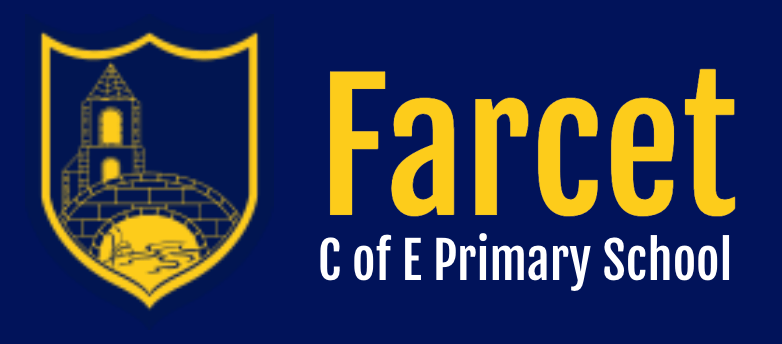
Computing
'Let your light shine' (Matthew 5:16)
Intent
At Farcet Church of England Primary School, children start on their formal computing education journey in Year 1. They learn to understand what algorithms are; how they are implemented as programs on digital devices that programs execute by following precise and unambiguous instructions. They create and debug simple programs and use logical reasoning to predict the behaviour of simple programs. They use technology purposefully to create, organise, store, manipulate and retrieve digital content and recognise common uses of information technology beyond school. This procedural knowledge grows in complexity over time. E-Safety also underpins our children’s Computing journey ensuring children are aware of the vulnerabilities of the internet and digital technology.
Implementation
We understand the importance of reflecting children’s understanding and experience prior to their start at school, and as such our teachers in Early Years Foundation Stage encourage children to explore their understanding and vocabulary of Computing through their continuous provision, and their Understanding of the World coverage. Children are provided with opportunities to plan a sequence of instructions, allowing children to build upon this in year 1, when beginning to program a beebot with a series of simple instructions. They also provided with opportunities to discuss how technology was different in the past, and how it has changed today. All of which is important for children to feel comfortable and familiar with the technology we have at school, regardless of what they have at home.
The knowledge in computer science can be understood as having three key strands: the principles of computational thinking, the specifics of individual programming languages, and the habits of working needed for programming. A great deal of the knowledge in computer science is procedural and there should be emphasis on practice, feedback and project work as well as explicit teaching of components.
To support the development of children’s computing knowledge, we use Teach Computing (STEM Learning), which allows us to provide full coverage with key focuses on language, prerequisites and skill development. We cover Computer Science, IT and Digital Literacy, which allows our pupils to learn essential skills like coding, data handling and online safety. Each unit is structured to allow children to practise their skills and engaging ways. We do this through a two-year cycle, allowing our mixed age classes to cover all aspects of the curriculum over a weekly session.
Alongside our Computing curriculum, we at Farcet C of E Primary School, strongly believe in children’s safety. Therefore, our Designated Safeguarding Leads have created an additional Keeping Ourselves Safe policy, which children are regularly reviewing and adapting their knowledge about all things to keep themselves safe, this includes Online Safety. It reflects the four C’s – content, contact, conduct and commerce. All of this is covered during our weekly Class Learning Forums
Impact
Our aim is that our pupils will use technology safely, respectfully and responsibly. We aim for our pupils to be able to design, write and debug programs; use sequence, selection, and repetition in programs; understand computer networks, including the internet; use search technologies effectively; and select, use and combine a variety of software. By the end of Key Stage 2 we know children are ready to tackle secondary computing, but also our pupils will be safe and become responsible digital citizens when using the internet and mobile devices.
